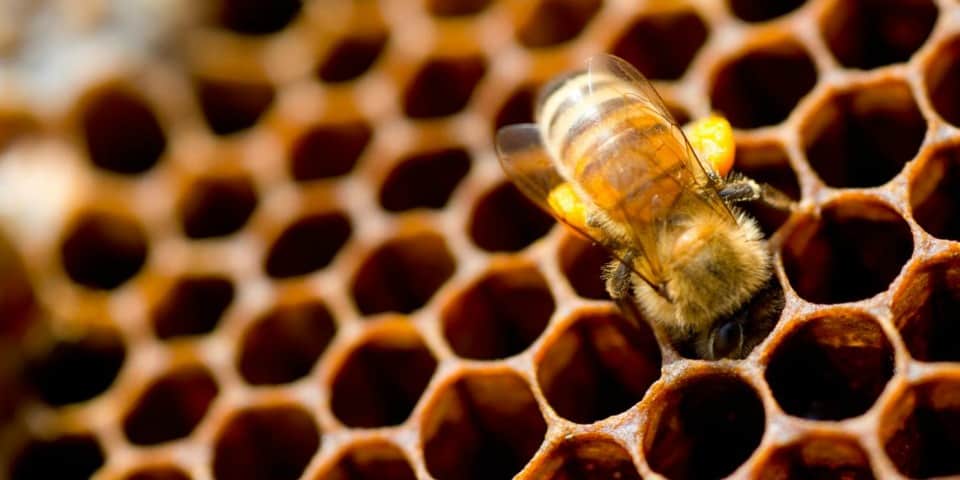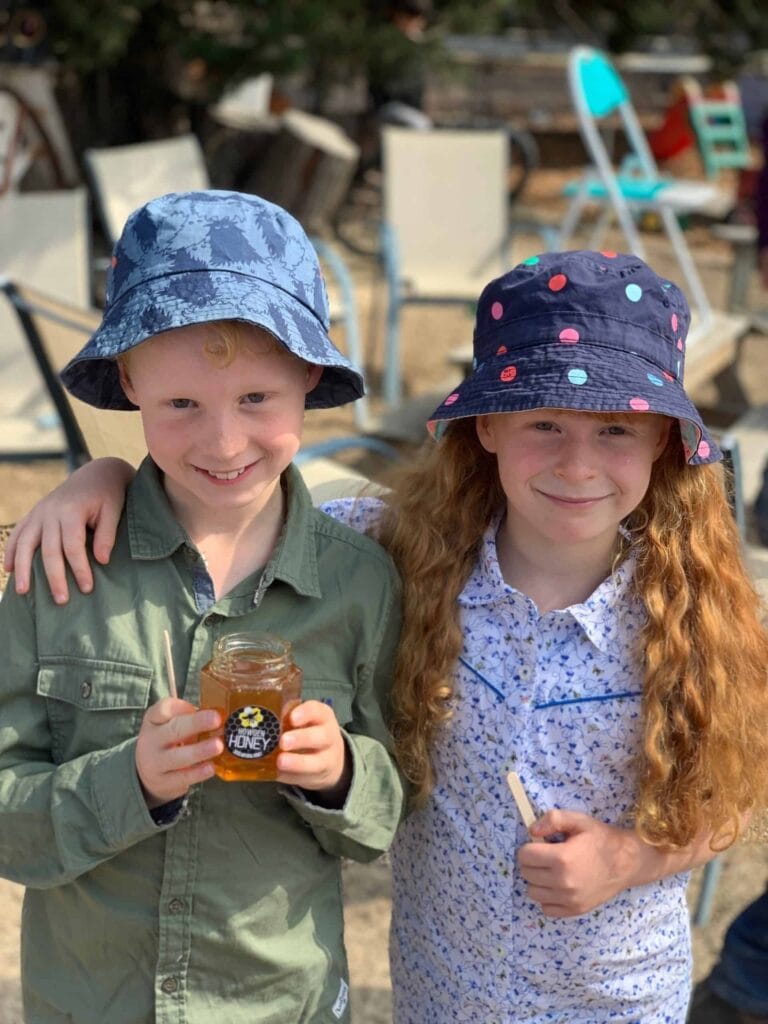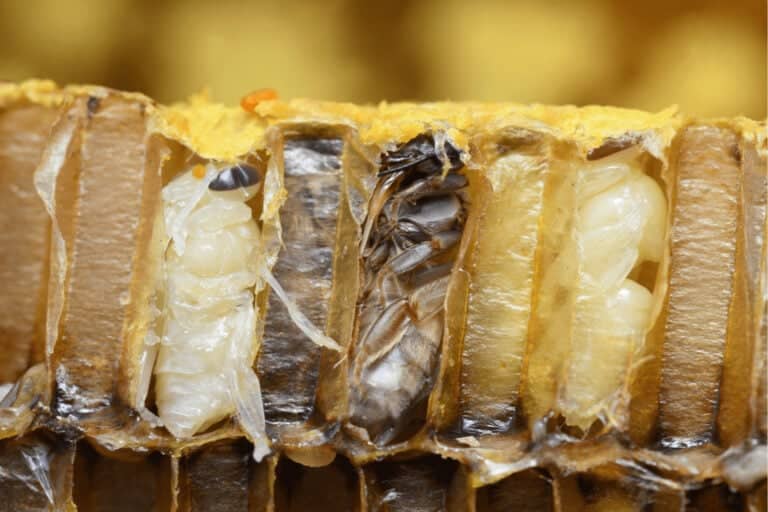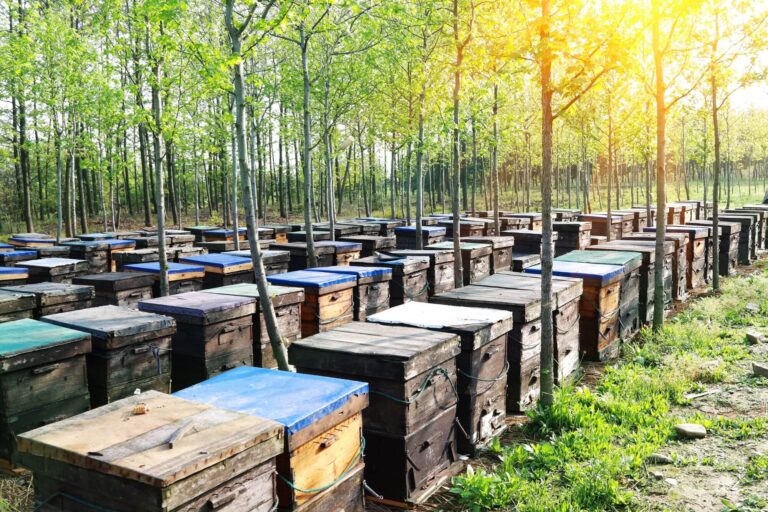Honey Bee Subspecies in Australia
Honey Bee Subspecies in Australia Before Australia was colonised in 1788, there were over 1500 species of Australian native bees. These bees were accustomed to…

Honey Bee Subspecies in Australia
Before Australia was colonised in 1788, there were over 1500 species of Australian native bees. These bees were accustomed to all types of terrain and weather due to the vastness of the Australian landscape, making nests in locations as diverse as burrows under the desert sands and in elevated cavities in gum trees. Many of these native bees are solitary species, and do not actually store honey, producing just a small amount of nectar to feed their young. However, the eleven species of stingless bees do produce small amounts of honey that taste quite uniquely of native flora.
The honey bee, however, is the main source of honey production in Australia today. European settlers introduced the European honey bee – or Apis Mellifera – in the early 1820s, and since, five other main subspecies have been introduced.
The Italian Honey Bee (Apis Mellifera Ligustica) is one of the more popular bee subspecies, yet it is often criticised for the inconsistent quality between specimens. There are two sub-varieties of Italian Honey Bee, and they differ greatly. The first is darker in colour than a European Honey Bee and comes from the North-West region of the Italian Alps. The other, more popular variety is lighter in colour, and comes from areas near Bologna; this variety is more common in Australia. The Italian Honey Bee is known to be gentle, clean, prolific, resistant to disease, less inclined to swarm and excellent comb builders. However, they have a poor sense of orientation, which can lead them to drift and rob from other groups.
The Carniolan Honey Bee (Apis Mellifera Carnica) is especially popular in countries such as Slovenia and Austria and has a very positive reputation. It is known for being calm and docile, it has an excellent sense of direction, is highly resistant to disease and parasites, is less prone to drifting and robbing, and has a very long tongue! It is also a very economical subspecies of bee and will adjust a colony’s worker population if food supply is low. However, this at times can hinder the growth of Carniolan Honey Bee colonies. Beekeepers often assist this group with extra sugar supplies.
The Caucasian Honey Bee has quite similar attributes to the Carniolan Bee. There are lots of similarities between the two, however, the Caucasian has an even longer tongue than the Carniolan Honey Bee. The Caucasian bee is, however, less economical with its food supply and seems to use propolis more than the Carniolan bee. It has great productivity and great for high honey yields, as the bee builds less combs but completely fills them before making the next. This is an advantage for beekeepers, are there aren’t partially filled combs in the hive. This variety is an excellent choice of subspecies for regions with a colder, rainy or constantly changing weather.
The European Dark Bee (Apis mellifera mellifera) originates from the northern part of Europe. It has a stocky body and overall dark coloration. They have been known to be “runny” when producing honey in the comb, and this can make them less easy for beekeepers to work with as honey is more difficult to extract. They are hardy in cold conditions, defensive towards invaders such as wasps, have a high longevity and have excellent flight strength. However, their defensive nature means that they have the reputation of stinging people (and other creatures) for no apparent reason. They are no longer a significant commercial subspecies in Australia, but there are some dedicated hobbyist beekeepers that keep these bees in Europe and other parts of the world.



